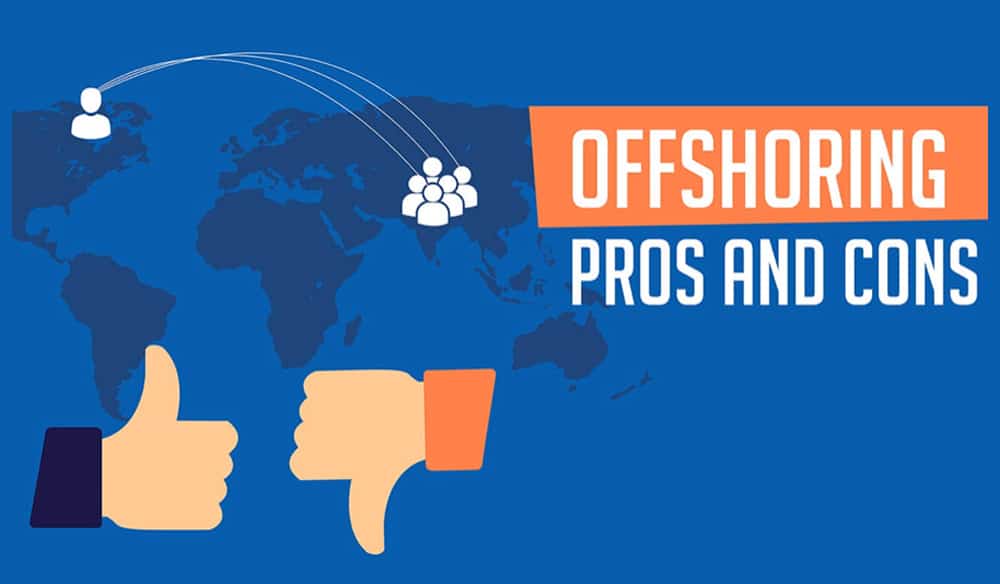
In today’s globalized world, businesses are constantly looking for ways to optimize their operations, reduce costs, and expand their reach.
One popular method for achieving these objectives is offshore manufacturing.
However, like any business decision, it’s essential to weigh the pros and cons before diving in.
In this article, we will discuss the benefits and drawbacks of manufacturing abroad, along with the factors to consider, best practices, and alternatives.
What Is Offshore Manufacturing?
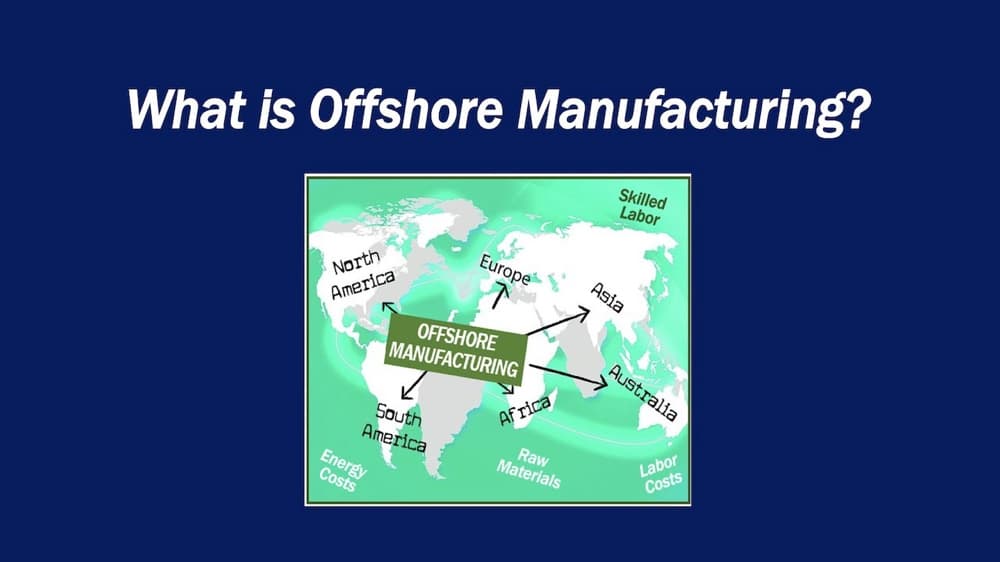
Offshore manufacturing refers to the practice of producing goods or components in a country other than the one where a company is headquartered or primarily operates.
This is typically done to take advantage of lower labor costs, reduced production expenses, tax benefits, or favorable regulations in the offshore location.
Offshore manufacturing has become increasingly common in the era of globalization as companies seek to optimize their supply chains and reduce operational costs.
However, this practice can also face criticism due to concerns about labor standards, environmental impacts, and the loss of domestic jobs.
The Pros of Offshore Manufacturing
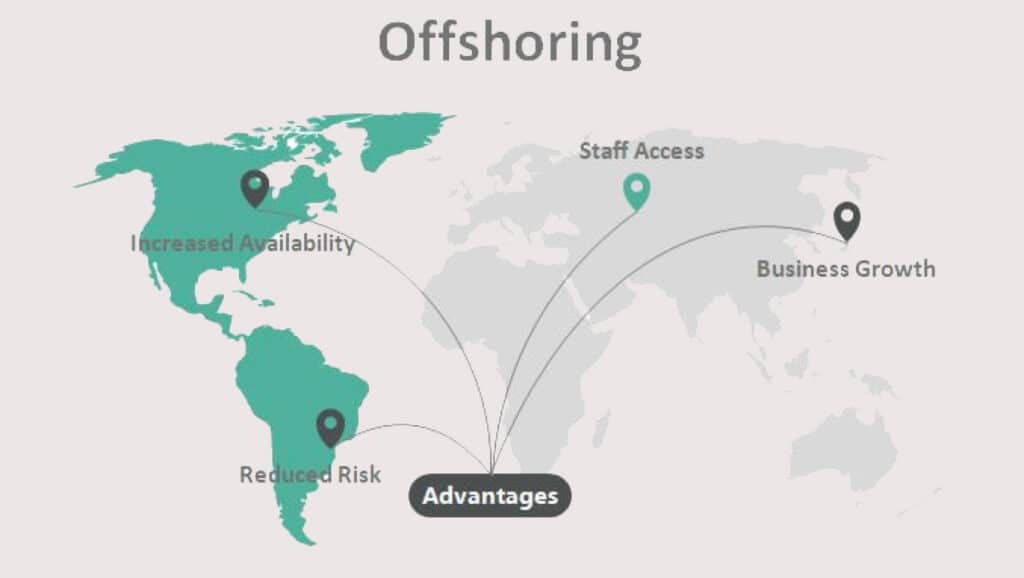
1. Cost Savings
One of the primary reasons businesses consider offshore manufacturing is the potential for significant cost savings.
Lower labor costs, reduced regulatory burdens, and access to cheaper raw materials can substantially reduce the overall cost of production.
2. Increased Production Capacity
Offshore manufacturing can enable companies to increase their production capacity without making significant investments in infrastructure, equipment, or workforce.
This allows businesses to scale up quickly, meet growing demand, and stay competitive in the global market.
3. Access to Skilled Labor
Many countries with thriving offshore manufacturing industries offer access to a skilled labor pool.
This can be particularly beneficial for companies in specialized industries or those facing talent shortages in their home countries.
4. Enhanced Global Presence
Offshore manufacturing can help businesses establish a foothold in new markets and expand their global reach.
This can lead to increased brand recognition, improved market share, and access to new customer bases.
5. Tax Benefits
Many countries offer tax incentives to attract foreign investment in their manufacturing sectors.
These incentives can lead to significant tax savings and improve a company’s overall financial performance.
The Cons of Offshore Manufacturing
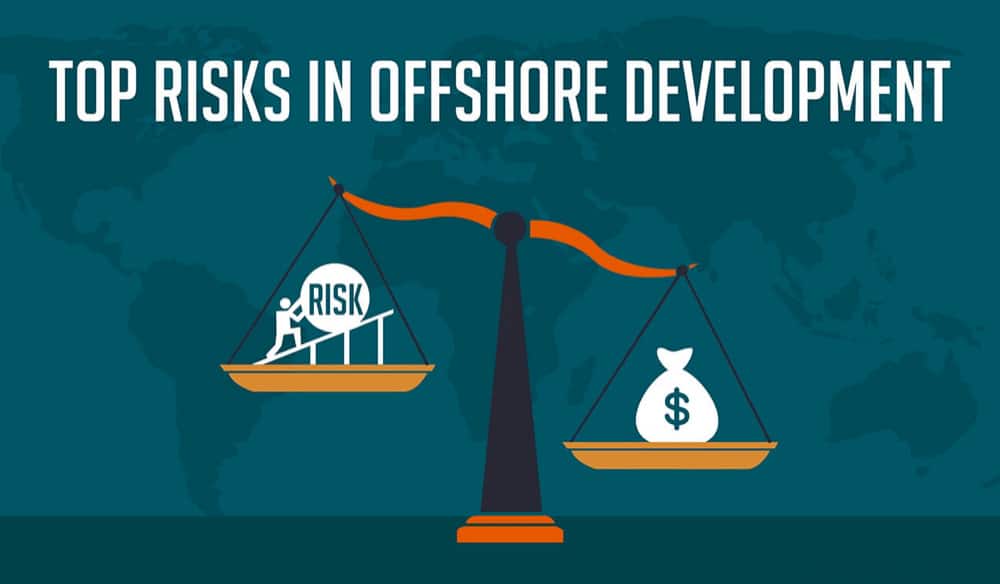
1. Quality Control Challenges
Maintaining consistent product quality can be challenging when working with offshore manufacturers.
Distance, language barriers, and cultural differences can make it difficult to effectively communicate and enforce quality standards.
2. Intellectual Property Risks
Offshore manufacturing can expose companies to increased risks of intellectual property theft or infringement.
It’s crucial to understand the local laws and regulations to protect your valuable intellectual property effectively.
3. Communication and Cultural Barriers
Language differences, time zone discrepancies, and cultural barriers can make communication with offshore partners more complicated.
This can lead to misunderstandings, delays, and increased costs.
4. Long Lead Times and Logistics Issues
Offshore manufacturing often results in longer lead times due to extended shipping distances and complex international supply chains.
Additionally, logistics challenges, such as customs clearance and import/export regulations, can further complicate the process.
5. Political and Economic Instability
Companies engaged in offshore manufacturing can be exposed to political and economic risks, such as currency fluctuations, trade wars, and changes in government policies.
These factors can impact the stability and predictability of the offshore manufacturing environment.
Factors to Consider Before Going Offshore

1. Business Model
It’s essential to evaluate whether your business model is compatible with offshore manufacturing.
Consider the complexity of your products, the level of customization required, and the importance of timely delivery to your customers.
2. Industry
Some industries are better suited for offshore manufacturing than others.
For example, labor-intensive industries, such as textiles and electronics, can benefit more from the cost savings associated with offshore manufacturing than capital-intensive industries.
3. Target Market
Consider the preferences and expectations of your target market.
Customers in some regions may prioritize locally made products, while others may be more focused on cost savings.
4. Company Size
Offshore manufacturing can be more advantageous for larger companies.
They can leverage economies of scale and have the resources to navigate complex international logistics and legal requirements.
5. Strategic Objectives
Align your decision to go offshore with your company’s strategic objectives.
Evaluate how offshore manufacturing will support your long-term growth and competitive positioning.
Offshore Manufacturing Best Practices
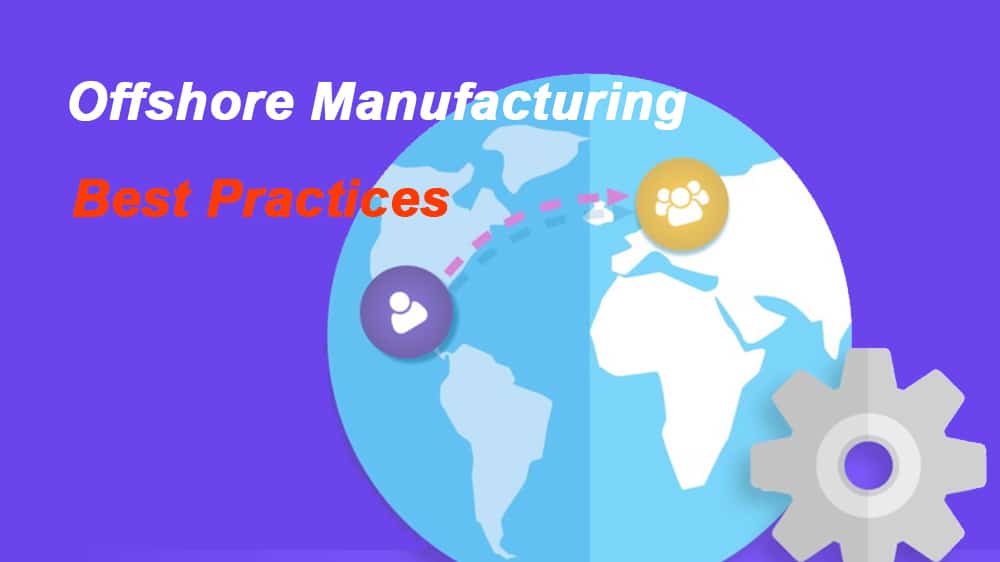
1. Finding the Right Partner
Conduct thorough research and due diligence when selecting an offshore manufacturing partner.
Look for a partner with a strong track record, compatible values, and an understanding of your industry.
2. Implementing Quality Assurance
Develop a robust quality assurance system to ensure consistent product quality.
This may include regular inspections, audits, and clear communication of expectations and standards.
3. Building Strong Relationships
Cultivate strong relationships with your offshore partners by investing in face-to-face interactions, providing ongoing support, and demonstrating a commitment to mutual success.
4. Planning for Logistics
Plan for potential logistics challenges by building contingencies into your supply chain, selecting reliable logistics partners, and monitoring shipping and customs processes closely.
5. Protecting Intellectual Property
Take proactive steps to protect your intellectual property, such as registering trademarks, filing for patents, and utilizing nondisclosure agreements.
Offshore Manufacturing Case Studies
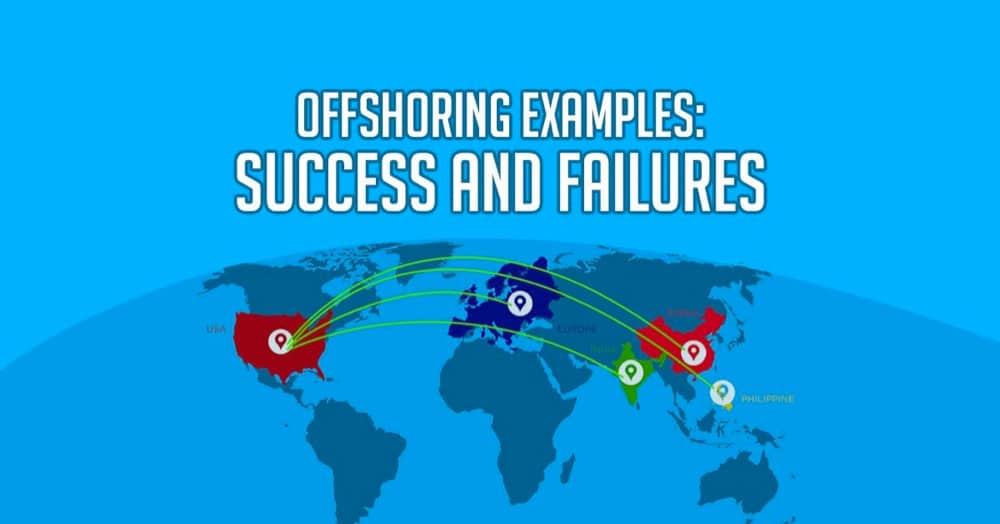
1. Nike
Nike is a well-known brand that has used offshore manufacturing for many years.
The company has contracted with suppliers in countries such as China, Vietnam, and Indonesia to produce its footwear and apparel.
Nike has implemented rigorous quality control measures, including regular site visits and inspections, to ensure that its products meet the necessary standards.
2. Apple
Apple is another company that has relied on offshore manufacturing for many years.
The company contracts with suppliers in China to produce its popular iPhone and other products.
Apple has implemented a comprehensive supplier vetting process, and works closely with its partners to ensure that its products meet its quality and sustainability standards.
3. Tesla
Tesla is a newer entrant into the offshore manufacturing space.
The company has contracted with suppliers in China to produce its electric vehicles, including the Model 3 and Model Y.
Tesla has implemented a robust quality control program, and regularly conducts site visits and inspections to ensure that its partners meet its standards.
Alternatives to Offshore Manufacturing

1. Nearshoring
Nearshoring refers to outsourcing production to a nearby country, typically within the same region.
This approach can help mitigate some of the challenges associated with offshore manufacturing, such as long lead times and communication barriers.
2. Reshoring
Reshoring involves bringing production back to your home country.
This option can help companies regain control over quality and protect intellectual property but may result in higher production costs.
3. Local Outsourcing
Local outsourcing entails contracting with a domestic manufacturer to produce your goods.
This can offer some of the cost savings and scalability benefits of offshore manufacturing while maintaining greater control over the production process.
Conclusion
Offshore manufacturing can provide significant benefits for companies looking to save costs, increase production capacity, and access skilled labor.
However, it also comes with risks, including quality control challenges, intellectual property risks, and logistics issues.
Before deciding to offshore manufacturing, companies should carefully consider the factors outlined in this article to determine whether it is the right option for their business.
We are Yansourcing, a leading sourcing company in China, dedicated to helping our clients source products from China at the most competitive prices. If you are interested in importing from China, please feel free to contact us.
FAQs
1. What is the difference between offshore manufacturing and outsourcing?
Offshore manufacturing refers specifically to the practice of producing goods in a foreign country and importing them back to the home country for distribution.
Outsourcing, on the other hand, can refer to a broader range of activities, such as customer service or software development, that are outsourced to another company or location.
2. What are the main cost savings of offshore manufacturing?
Offshore manufacturing can provide significant cost savings through lower labor costs, favorable exchange rates, and lower expenses, such as rent, utilities, and taxes.
By reducing costs, companies can increase profits, invest in research and development, and remain competitive in the marketplace.
3. What are the ethical concerns with offshore manufacturing?
Ethical concerns with offshore manufacturing can include poor working conditions, low wages, exploitation of labor, and environmental impact.
It is important for businesses to ensure that their suppliers meet ethical standards and treat their workers fairly.
4. What are the most popular locations for offshore manufacturing?
Some of the most popular locations for offshore manufacturing include China, India, Vietnam, Mexico, and Thailand.
However, the popularity of different locations can vary depending on the type of industry and product being produced.
5. How is the future of offshore manufacturing?
The future of offshore manufacturing is likely to be influenced by a variety of factors, including emerging technologies, economic and political conditions, and changing consumer preferences.
While it is difficult to predict with certainty, offshore manufacturing is expected to continue to play an important role in global trade.
